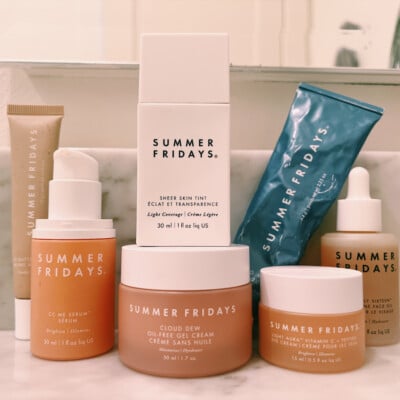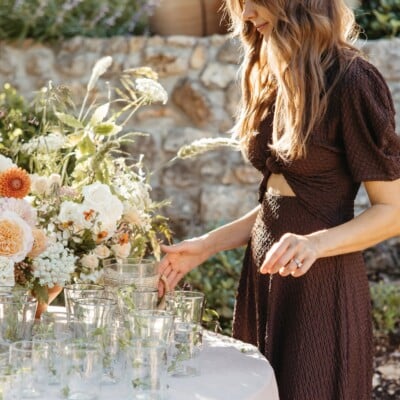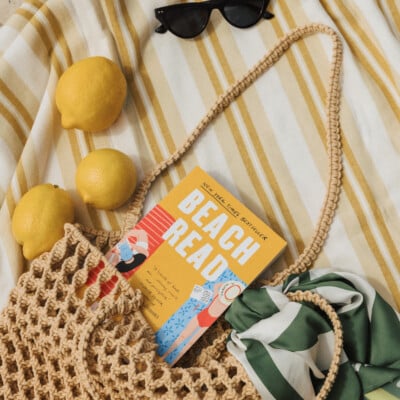“Wow, you’re really going for a look.” My husband gestured toward my side of the closet, where a growing collection of cream tops hung in a row. Further down, muted sky blues and cotton candy pinks had replaced the burnt oranges, deep greens, blacks, and stark whites that once filled my wardrobe. And he’s right—I am going for a look. One that makes my eyes pop and evens out my skin tone. My closet now reflects the journey I’ve been on for the last few months—to discover my season through color analysis.
How Color Analysis Will Change the Way You Get Dressed
Not the most noble journey, I’ll admit. But in my ongoing effort to reduce decision fatigue, attempting to get dressed from an overstuffed, cluttered closet was wearing me out. I wanted to feel like myself in my clothes—through silhouettes that reflect my style, fabrics that are comfortable and easy to move in, and colors that enhance my natural features. I had the first two down. But colors?
Like many, I’d heard the age-old phrase, “I’m an Autumn,” thanks to the bestselling 1980s book Color Me Beautiful by Carole Jackson. But much like hot rollers, I assumed it was outdated. However, when color analysis—and “getting your colors done”—started popping up on my feed, complete with stunning before-and-after photos of people glowing simply by swapping a gray top for green, I took notice. (Side note: I also ordered a set of hot rollers this week, but that’s a story for another day.)
It’s worth noting that the original conversation around color analysis was quite dated, primarily written for white women. Thankfully, modern stylists like Cocoa Styling on YouTube and Curate Your Style on Instagram are making this practice more inclusive, offering valuable resources for women of color.
So, let’s tackle the big question: How do I figure out my season?
For me, the answer wasn’t straightforward. I took online quizzes, uploaded photos to AI apps—but I still wasn’t sure. Many professional color analysts can help you determine your season (and maybe I’ll go that route eventually), but for now, I’m taking the DIY approach. That means following a few Instagram accounts, thrifting colors I suspect are in my season (Summer, perhaps?), and testing them out to see how I feel.
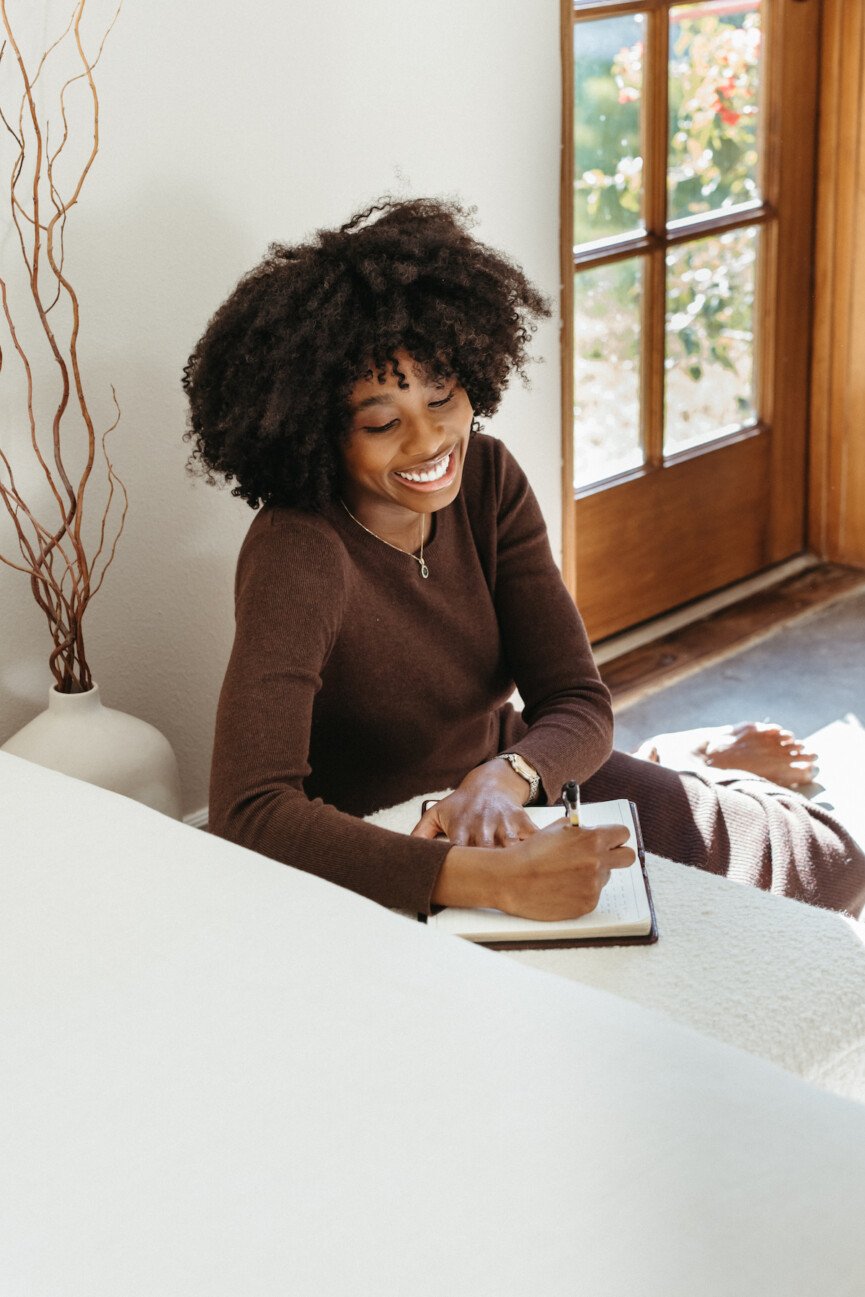
The Four Color Seasons in Color Analysis
Before we dive into the seasons and what they mean, let’s establish one thing: This is all in good fun. You can (and should!) wear any color that makes you feel good. As much as we love categorizing ourselves (we can’t resist a good quiz), the truth is, we’re nuanced. If a system makes you feel boxed in, consider this your permission slip to break the box.
That said, we all know the feeling of putting on a color that just works—your skin looks more radiant, your eyes pop, and those pesky dark circles seem to disappear. Knowing your best colors can make shopping easier and eliminate the guesswork when getting dressed. That’s because your ideal shades mirror the natural undertones of your hair, eyes, and skin. The right colors enhance your natural beauty, while the wrong ones can leave you looking washed out or tired.
Of the four color seasons, there are two overarching types:
- Warm seasons: Spring and Autumn (flattering yellow-based tones)
- Cool seasons: Summer and Winter (flattering blue-based tones)
Not sure where you fall? Here are three key factors to help determine your season.
What season are you?
If you’re trying to find out your season at home, three components can help determine where you stand.
1. Discover Your Undertone
Look at the veins on your wrist in natural light.
- If they appear blue or purple, you likely have cool undertones.
- If they look green, you probably have warm undertones.
Need extra help? The Neutone app is a great (and free!) tool for analyzing undertones.
2. Consider Your Contrast
Contrast (or value) refers to the difference in lightness and darkness between your skin, eyes, and hair.
- High contrast (e.g., fair skin with jet-black hair and cool-toned eyes) is often associated with Winter or Spring.
- Low contrast (e.g., medium to dark skin with warm brown eyes and hair) is more common in Summer or Autumn.
Understanding your contrast helps you choose colors that create balance. High-contrast individuals often shine in bold, contrasting hues, while low-contrast individuals tend to look best in softer, tonal palettes.
3. Look at Chroma: Soft vs. Clear Colors
Depending on your season, your natural features either harmonize with soft muted colors or clear, bold hues.
- Soft seasons (Summer, Autumn): Flatter softer, more tonal color combinations. Summers (cool undertones) look best in muted pastels, while Autumns (warm undertones) glow in rich, earthy shades.
- Clear seasons (Winter, Spring): Have bolder, more vibrant natural features. Winters (cool undertones) shine in jewel tones like royal blue and emerald green, while Springs (warm undertones) radiate in bright, fresh hues like orange and sunny yellow.
Analyzing Each Season
While there aren’t any true “rules” to color analysis—again, you’re allowed to wear whatever color you want—here are some general guides for each color season. We’re just going to cover the four main seasons here, but color analysts have broken them down even further by identifying 12 sub-types for a more thorough evaluation.
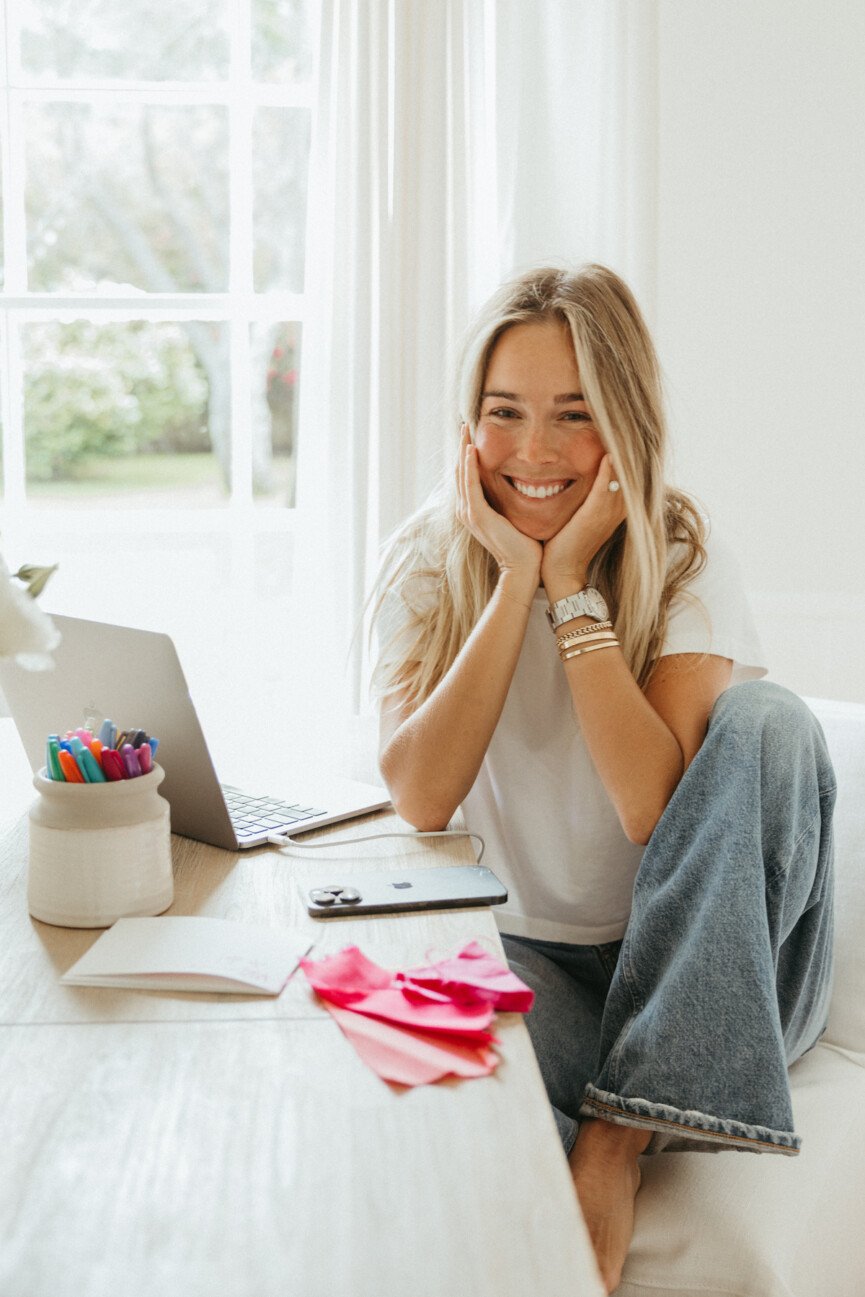
Spring
Springs have a high contrast with warm undertones. They often have light, warm-toned hair and fair to medium skin. Springs shine in vibrant and warm color combinations.
Celebrities in the Spring color season include Jessica Chastain, Emma Stone, Rihanna, Blake Lively, Kate Hudson, and Brittany Snow.
Vein Test: Start by examining the color of your wrist veins. Springs typically have veins that appear more blue or green. If your veins lean toward green, this suggests warm undertones, which may align with Spring if other characteristics match.
Eye and Hair Color: Springs usually have warm-toned eyes like hazel, light blue, green, or warm brown, and their natural hair colors can range from light to medium warm shades, such as strawberry blonde, golden blonde, or light to medium brown.
How Colors Make You Feel: Pay attention to how you feel when you wear different colors. Springs typically look their best in soft, warm, and vibrant colors like coral, peach, sunny yellow, and mint green. If these colors make your complexion appear more radiant and healthy, you might be a Spring.
Jewelry Metals: Springs often look better in warm metals like gold, brass, or copper. If you find that gold jewelry complements your skin tone more than silver, that’s another sign that you might be a Spring.
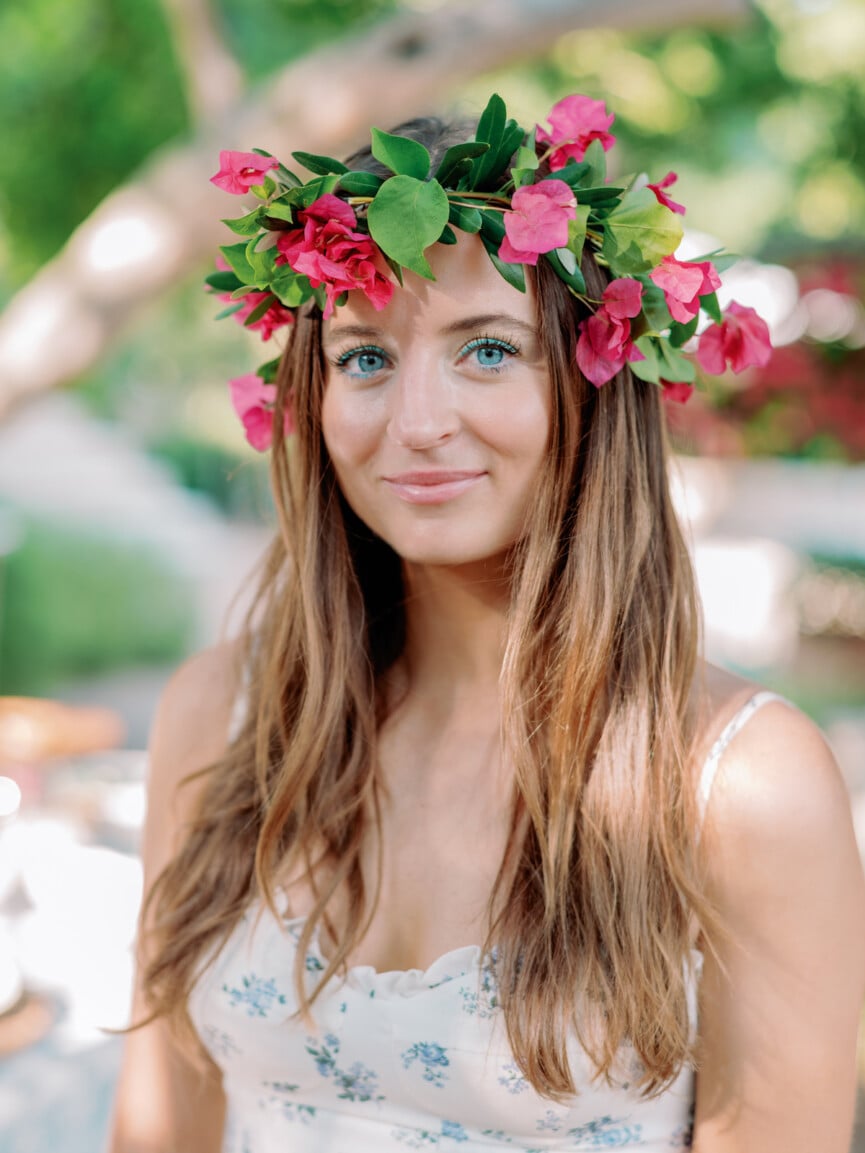
Summer
Summers typically have low contrast between their features. They often have light or ash-blonde hair, light skin, and cool-toned eyes. Summers look stunning in soft, pastel colors and muted shades that harmonize with their gentle contrast.
Celebrities in the Summer color season include Emily Blunt, Allison Williams, Barbara Palvin, Leona Lewis, Caitriona Balfe, Emilia Clarke, and Miranda Kerr.
Vein Test: Summers typically have bluish or purplish veins. If your veins appear more blue than green, this suggests you have cool undertones, aligning with the Summer season.
Eye and Hair Color: Summers often have light, cool-toned eyes (blue, green, or gray) and light to medium ash-brown or blonde hair.
How Colors Make You Feel: Pay attention to how you feel when you wear certain colors. Summers typically look best in soft, muted, and cool colors. If pastel shades and cool-toned colors like lavender, soft pink, and powder blue make your complexion appear more vibrant and healthy, you’re likely a Summer.
Jewelry Metals: Summers typically look better in silver or white gold due to their cool undertones. If silver jewelry enhances your skin tone more than gold, it’s another clue that you might be a Summer.
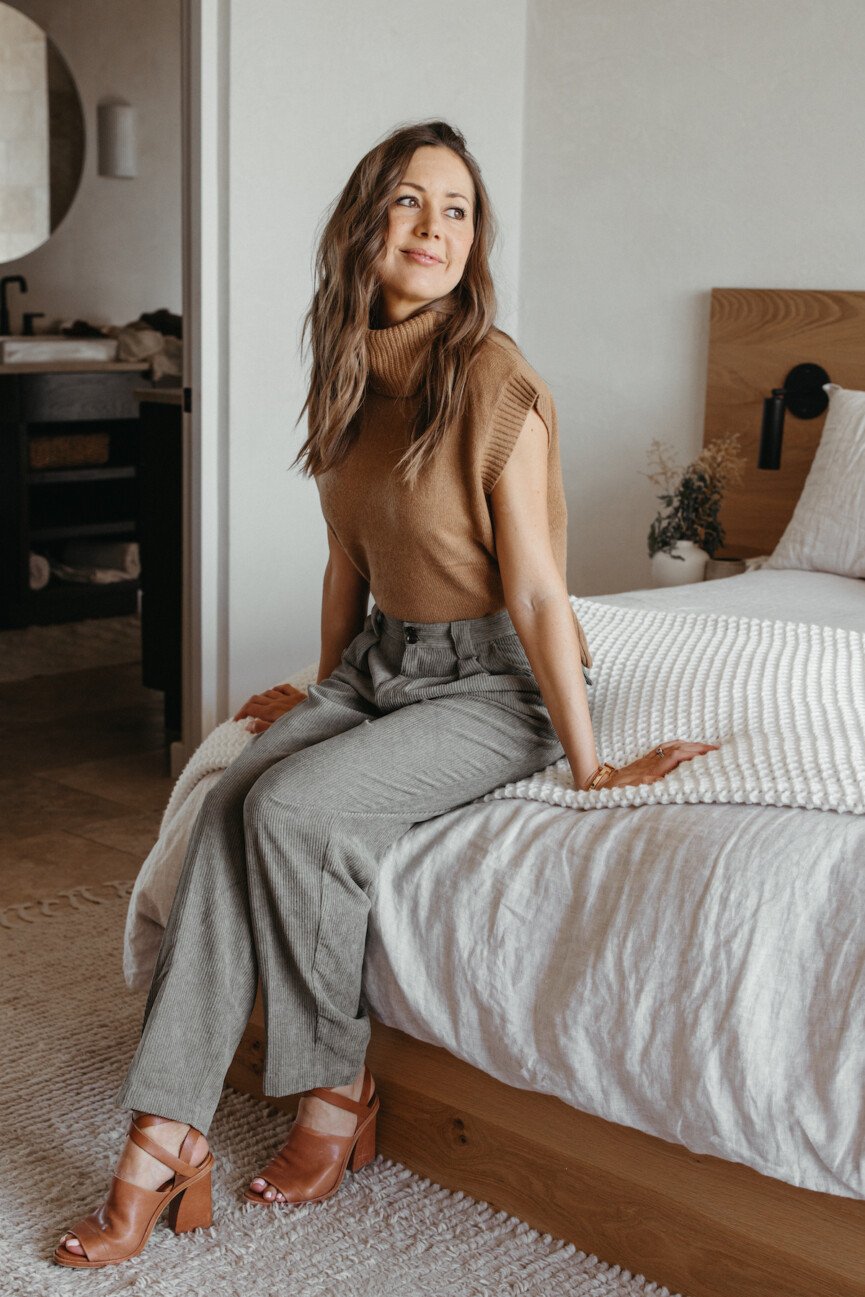
Autumn
Autumns also have low contrast but with warm undertones. They often have warm hair colors, warm-toned eyes, and medium to dark skin. Autumns thrive in rich, earthy color combinations like deep rust and olive green.
Celebrities in the Autumn color season include Jennifer Lopez, Keira Knightley, Doja Cat, Elizabeth Olsen, Jessica Alba, Sofia Richie, and Beyonce.
Vein Test: If your veins appear more greenish, it suggests you have warm undertones, which align with the Autumn season.
Eye and Hair Color: Autumns often have warm, earthy tones in their natural eye and hair colors. This includes shades like deep brown, auburn, red, or warm blonde. If your natural eye and hair colors fall within these warm, earthy categories, it’s another sign of being an Autumn.
How Colors Make You Feel: Pay attention to how you feel when you wear certain colors. Autumns typically look best in warm, earthy, and rich colors like deep oranges, warm browns, olive greens, and mustard yellows. If these colors make your complexion appear more vibrant and healthy, you’re likely an Autumn.
Jewelry Metals: Autumns tend to look better in warm metals like gold and bronze due to their warm undertones. If gold jewelry enhances your skin tone more than silver, it’s another clue that you might be an Autumn.
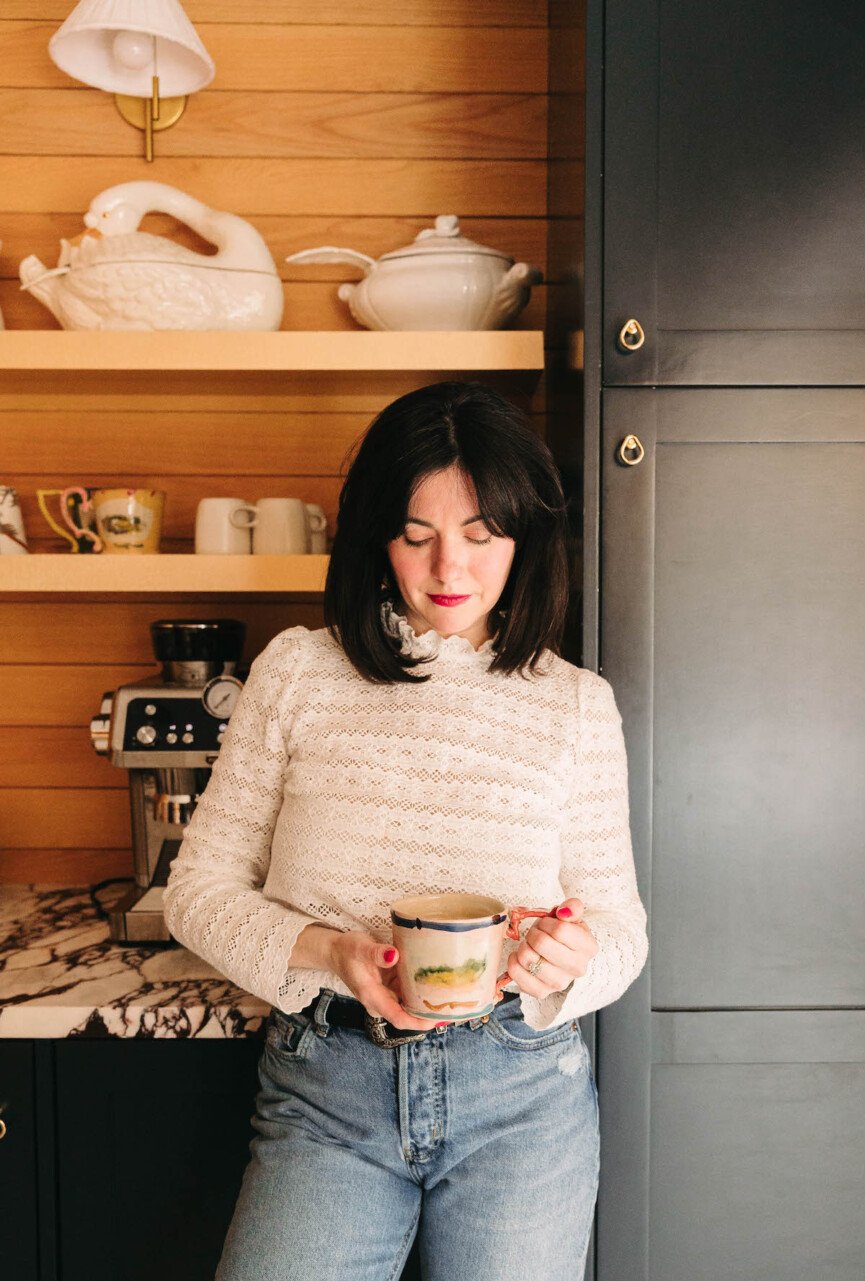
Winter
Winters typically have high contrast between their features. They have dark hair, fair skin, and often, bright or deep eye colors. These individuals look striking in bold, high-contrast color combinations like pure white and black.
Celebrities in the Winter color season include Zooey Deschanel, Janelle Monáe, Alexis Bledel, Lucy Liu, Lupita Nyong’o, Viola Davis, and Selena Gomez.
Vein Test: Winters typically have bluish or purplish veins, indicating cool undertones. If your veins appear more blue than green, this suggests you have cool undertones, aligning with the Winter season.
Eye and Hair Color: Winters often have cool-toned eyes, such as deep blue, gray, or green, and cool-toned hair colors like jet black, deep brown, or ash blonde. If your natural eye and hair colors align with these cool tones, it’s a strong sign that you’re a Winter.
How Colors Make You Feel: Pay attention to how you feel when you wear certain colors. Winters typically look best in bold, high-contrast colors like deep jewel tones, pure whites, and of course, a classic little black dress. If these colors make your complexion appear more vibrant and healthy, you’re likely a Winter.
Jewelry Metals: Experiment with silver and gold jewelry. Winters often look better in silver or white gold due to their cool undertones. If silver jewelry enhances your skin tone more than gold, it’s another clue that you might be a Winter.
Final Thoughts
Now it’s time to play. If you suspect you fall into a certain season, start experimenting. Try wearing those colors, swap out your jewelry, and see how it looks against your skin tone. In my experience, color analysis is as much about intuition as it is about theory.
I never thought I’d reach for a muted purple set, but here we are—and I love it.
At the end of the day, color analysis is a guide, not a rulebook. Embrace what makes you feel confident and beautiful, whether or not it perfectly aligns with your season. Because your best color is the one that makes you shine.
This post was last updated on March 22, 2025 to include new insights.


